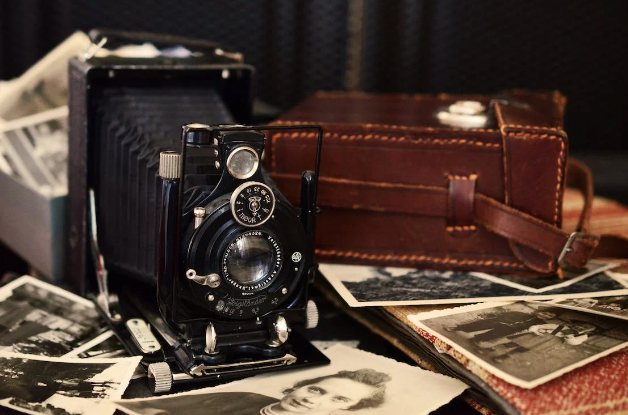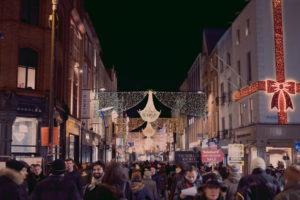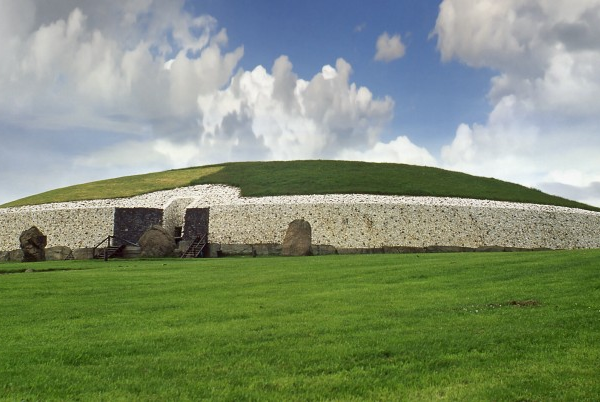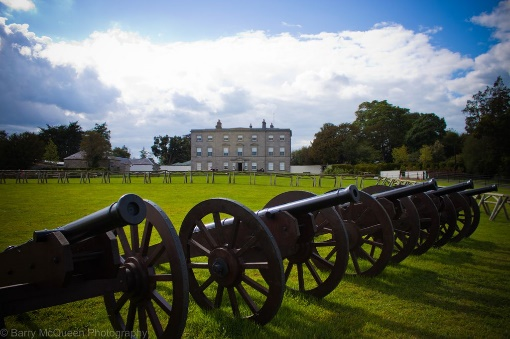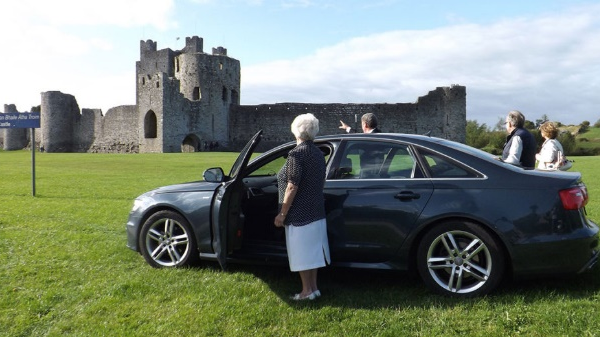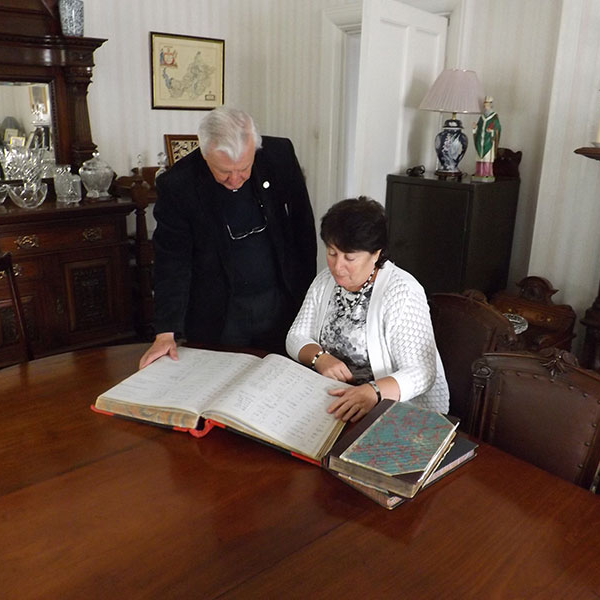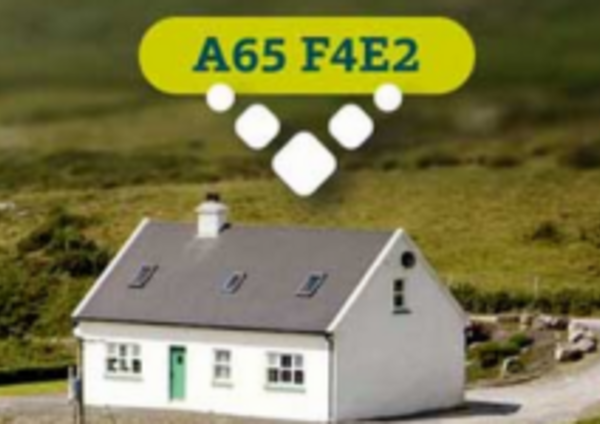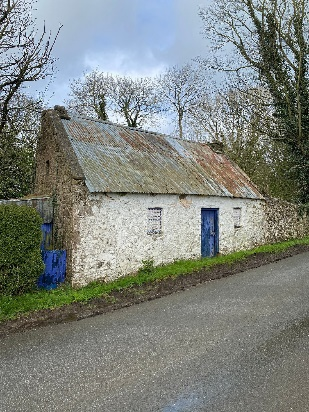The Anglo-Irish Treaty lies at the core of the Irish Civil War (1922-23), and nationalists were in conflict about whether they should accept it or not. The treaty was chartered because of political turmoil and growing guerrilla warfare from Irish Republicans planned in Sinn Fein and within Irish Republic Army (IRA) from 1918 to 1921.
Sinn Fein emerged victorious in the 1918 general election on the condition that it’ll withdraw from the British parliament and leave the empire, declaring itself the Irish Republic. In the next three years, this outcome led to the insurgency of the IRA and further British repression, especially from 1920 to 21. Later, this period became known as the Irish Civil War.
Want to learn more about it? Keep reading to learn about the treaty, the outbreak, and the aftermath of the Irish Civil War.
The Anglo-Irish Treaty
In mid-1921, a treaty was chartered between the IRA and the British Empire. This treaty was meant to give some degree of independence to 26 counties in the south as the British army stations were to be withdrawn and the RIC police were to be broken up. However, the treaty also had the following points, which later caused conflict:
- The dissolution of the Irish Republic.
- The Irish member of parliaments had to give an oath of allegiance to British Empire.
- Three British naval bases were retained in Ireland.
- The division of the country into Northern and Southern Ireland.
The treaty became unpopular among Irish nationalists as it seemed to take the country backward. Nonetheless, it was passed by a narrow margin. Following this, Eamon de Valera, the Republic’s president, stepped down in protest along with a couple of his ministers. He then started promoting a treaty revision where Ireland would have only an external association with the Commonwealth.
Higher-ups that had signed the treaty ended up making an interim government. Michael Collins held the central position in this regime. This government made a pro-treaty national army in the Irish Republican Army. This conflict in the major IRA ranks triggered the civil war.
The Outbreak
Here’s the sequence of events that followed the full-blown war outbreak:
- Retired British general killed by two IRA members.
- Open fire on the prestigious Four Courts by the interim government.
- IRA became further polarized.
- The pro-treaty faction of the IRA takes over Dublin.
- Michael Collins and Commander in Chief of the Nation Army were assassinated in Cork.
- IRA kills pro-treaty Member of Parliament Sean Hales, and four IRA leaders are killed in retaliation.
- Bomb attack in 1923.
- Liam Lynch (leader of the anti-treaty faction of the IRA) was killed.
Aftermath
After Liam Lynch was killed, his successor called a ceasefire, and an election was held in 1923. The aftermath left Irish politics highly polarized. Approximately 2,000 people were killed, and thousands of others were injured. This and the Potato Famine forced many others to emigrate and scatter across the world.
Did your family leave the country during the Irish Civil War? You should come back and learn more about your Irish ancestry and better understand the war’s repercussions.
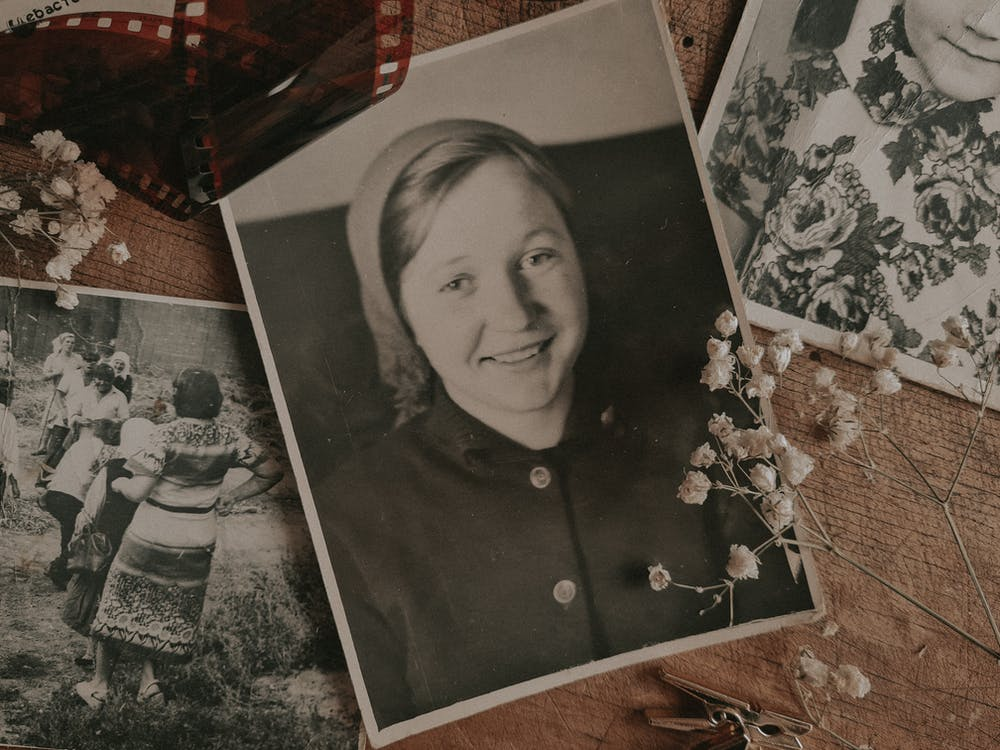
At My Ireland Family Heritage, our priority is to trace our clients’ ancestors through reliable and thorough ancestry research and family heritage tours. Our certified professional genealogists and tour guides have been providing genealogy tours of Ireland, which focus on all the major historical spots in the Irish Civil War and cover all the details.
Get in touch with us now to learn more about all our services, and book an Irish genealogy tour today!



